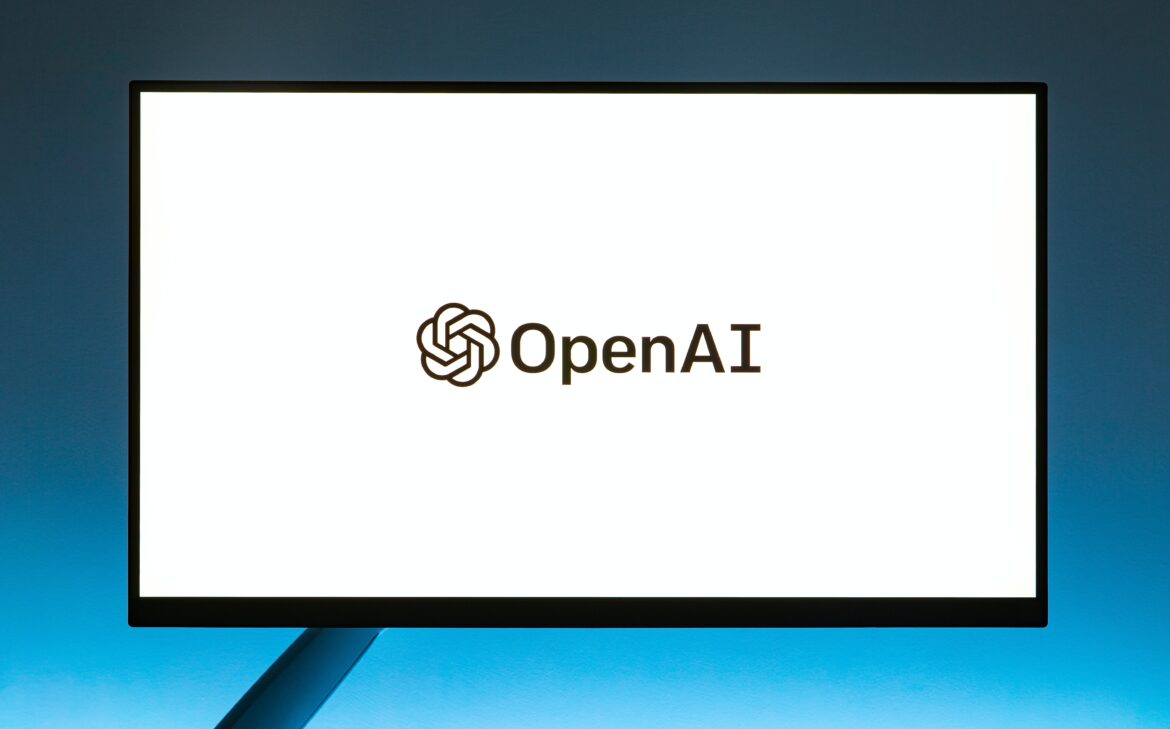The artificial intelligence research lab, OpenAI, has recently released GPT-4, the latest version of their groundbreaking AI system that powers ChatGPT. According to the lab, this new system is more creative, less likely to invent facts, and less biased than its predecessor.
One of the major improvements in GPT-4 is that it is now a “multimodal” model, meaning that it can accept images as well as text as inputs. This allows users to ask questions about pictures, making it a more versatile and useful tool. The new version can handle massive text inputs and can remember and act on more than 20,000 words at once, making it capable of taking an entire novella as a prompt.
Moreover, the new model is available today for users of ChatGPT Plus, the paid-for version of the ChatGPT chatbot, which provided some of the training data for the latest release. OpenAI has also worked with commercial partners to offer GPT-4-powered services, such as a new subscription tier of the language learning app Duolingo, Duolingo Max, which will now offer English-speaking users AI-powered conversations in French or Spanish, and can use GPT-4 to explain the mistakes language learners have made.
One of the most impressive features of GPT-4 is its image-recognition capabilities. During a demo of GPT-4, OpenAI president and co-founder Greg Brockman gave users a sneak peek at this feature, which is not yet publicly available and only being tested by a company called Be My Eyes. The function will allow GPT-4 to analyze and respond to images that are submitted alongside prompts and answer questions or perform tasks based on those images.
Despite the many improvements in GPT-4, OpenAI warns users that the system will still “hallucinate” facts. This means that the system may make up information when it doesn’t know the exact answer. Therefore, great care should be taken when using language model outputs, particularly in high-stakes contexts. However, GPT-4 scores “40% higher” on tests intended to measure hallucination, indicating significant progress.
In conclusion, OpenAI’s release of GPT-4 is a significant step forward in the field of AI. The system’s improved image recognition capabilities, multimodal inputs, and reduced bias make it a more powerful tool for a wide range of applications. However, it is important to remember that this technology is still developing, and users should exercise caution when using it in high-stakes situations. As AI continues to advance, it will be exciting to see what new possibilities and opportunities it will bring to our world.







Leave feedback about this